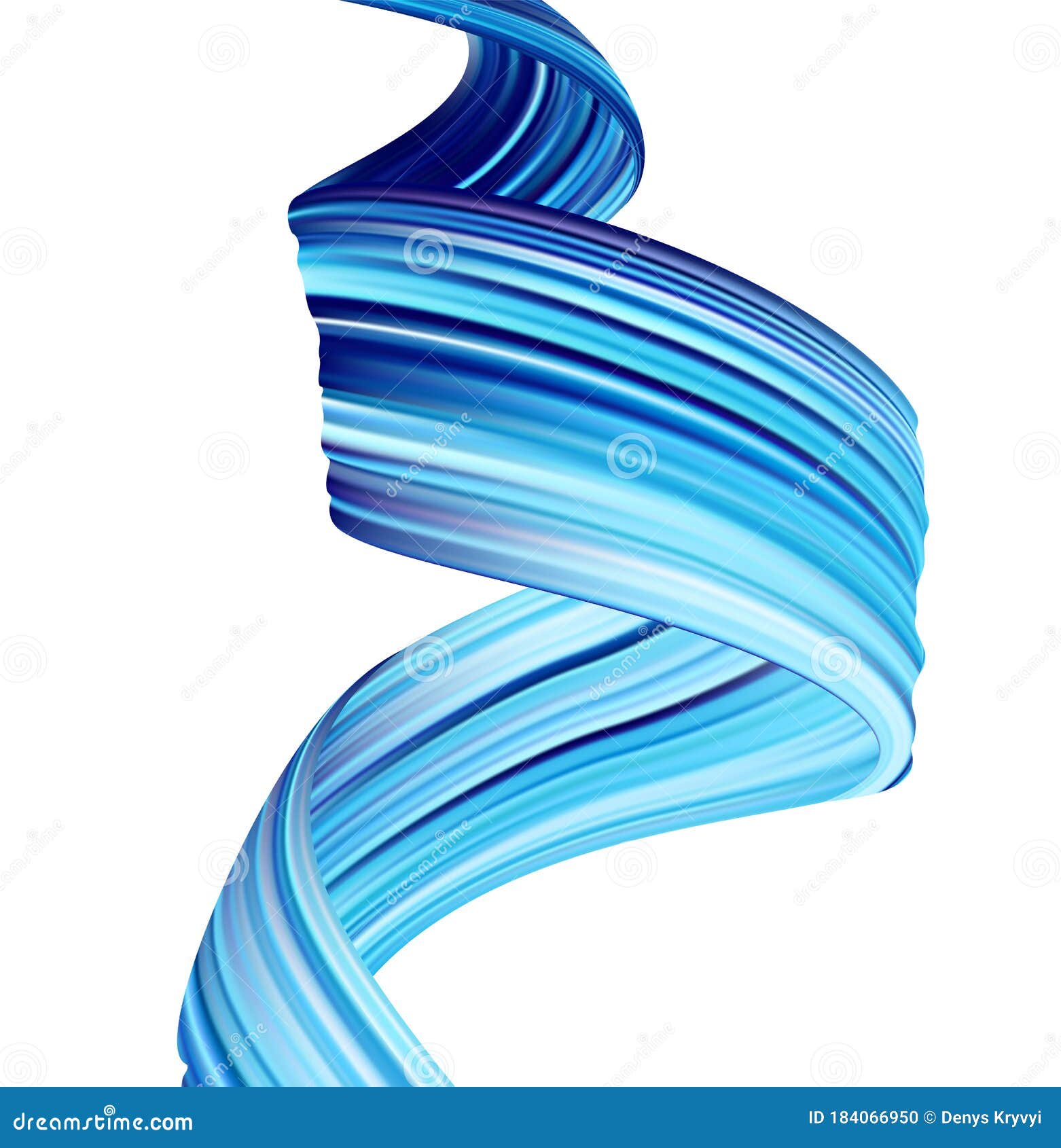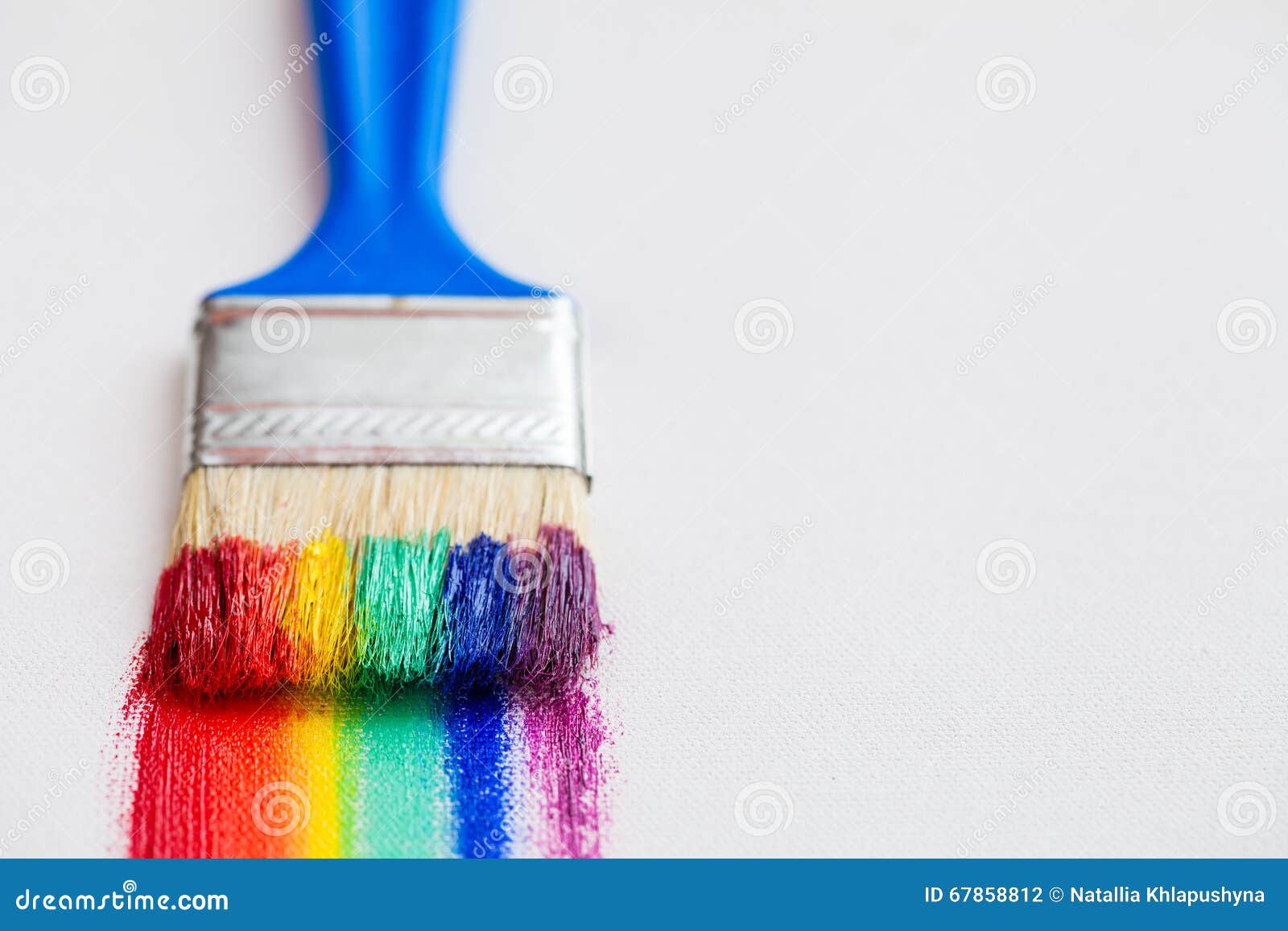

Pulling Out The Distant WavesĪfter removing the painter’s tape, we can begin developing the illusion of distant waves. This section is mixed with mostly Payne’s Gray with a hint of Prussian Blue. In the extreme foreground, a dark wave slants diagonally across the bottom of the composition. In the next section, working downward from the top of the picture plane, the values become lighter and the hue changes to a color dominated by Cerulean Blue. We’ll begin adding Viridian Hue to the mixture and allow the mixture to become a little lighter in value by using less of Payne’s Gray. In the most distant areas, we’ll see mainly blues mixed with Prussian Blue and Payne’s Gray.Īs we work to the upper middle of the picture plane, the blues become a bit greener. Starting with the distant waters, we’ll begin applying dark blues. This creates a nice, sharp edge where the water meets the sky. Once the sky has dried completely, we can use painter’s tape to tape off the horizon line. We’ll fill in the sky with a solid application. The sky is quite muted and is addressed with a mixture of Cerulean Blue, a touch of Ultramarine, Prussian Blue, Payne’s Gray, and Titanium White. We’ll begin with locations farthest away from the viewer and work our way forward. With these locations planned out with graphite, we’ll begin adding acrylic applications. Instead, we’ll simply draw loose lines with an “H” graphite pencil to indicate the locations of each of these features. We shouldn’t be concerned with any details. We’ll first plan the horizon and each of the larger sections of colors or waves. But, we’ll also allow ourselves a bit of freedom and deviate from the reference as we feel necessary. We’ll use the reference image as a reference and use it to make decisions about values, shapes, and textures.

Instead, we should focus on creating a work of art – our own unique interpretation of the subject. It’s important to note that with any drawing or painting that you create, you are not tied to the reference image. To make this color the correct value, we’ll add a bit of Titanium White. To make a brighter turquoise, we’ll use a mixture of Phthalo Blue and Phthalo Green. We’ll need to mix a slightly different turquoise in order to be sure that this area contrasts with the areas around it. The dominant wave in the middle of the composition and areas just in front of it are much brighter and are slightly different in hue. Here’s a look at all of the pigments that are used (minus Titanium White)… This is especially true in a painting like this where a cooler dark is required to create more natural, darker values. Payne’s Gray is a dark, cooler gray that makes a great substitute for mixing over black. To adjust the values of these hues, we’ll use Payne’s Gray and Titanium White. (Teal or turquoise is technically a blue-green.)įor the majority of the painting, we’ll stick with a combination of Cerulean Blue, Prussian Blue, and Viridian Hue. We’ll use a variety of pigments to create the teals and turquoises that we find in the waves and the muted sky.

The painting that we’ll create features a variety of greens and blues.

For this reason, we’ll stick with nylon brushes. On harder surfaces, like the gessoed panel, the brush strokes may be too visible if bristle brushes were used. The hog bristle brushes are best when thick applications of color are to be made and are better suited for surfaces such as canvas. I personally prefer nylon brushes for most acrylic paintings, especially for surfaces such as panel. Some artists prefer the stiffer, hog bristle brushes over the softer nylon varieties. There are a variety of different brush types that work well with acrylics. This surface provides a nice tooth or texture for accepting the layers of paint and makes it a bit easier to create smooth transitions of color and value with the fast-drying acrylic paints. We’ll work on a lightly textured, gessoed panel. If budget is a concern for you, then I recommend substituting with Liquitex Basics. These paints are pricier than some of the other options for acrylic paints. For this lesson, we’ll use Liquitex heavy body acrylics.


 0 kommentar(er)
0 kommentar(er)
